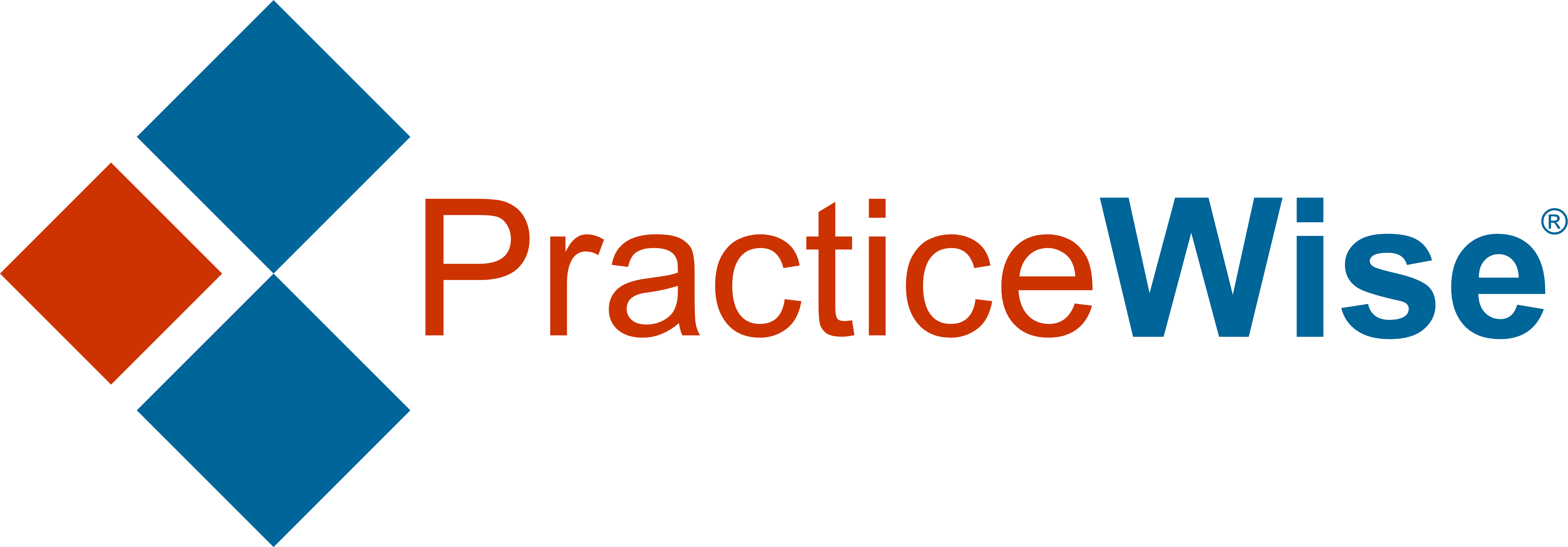Have you ever worked with a youth or family who expressed doubts that treatment would be helpful, who had difficulty following through with treatment recommendations, who missed appointments, or who even discontinued treatment? If so, you are not alone. Half of youths and families enrolled in treatment experience some type of treatment engagement challenge, but these challenges are often not apparent to the provider. In this article, we will discuss what PracticeWise is doing to help providers bridge the gap between wanting help and actively engaging in treatment, with the goal of seeing it through to its completion. As a provider, the MAP Engagement System will help you bridge that gap, allowing you to see all your hard work with your clients come to fruition.
Evidence-based practices in mental health are most effective when the client is engaged and participates in treatment for as long as needed until the client’s goals are met, as well as the goals the provider has set for the client. Treatment engagement challenges are very common and can emerge even when it appears that treatment is going well. That is why we have designed a system to help you identify and address engagement concerns early in treatment and monitor engagement across the course of care.
It is the goal of all providers to see their client’s complete treatment. Being engaged in treatment is the necessary first step. PracticeWise understands and sees the need to bridge the treatment engagement gap. While youths may often be engaged in treatment initially, it is common for that engagement to decrease or cease completely. To improve the success of evidence-based practices in mental health, engagement must be maintained throughout treatment. To meet this need, PracticeWise has developed the MAP Engagement System.
Why Is Treatment Engagement an Issue?
Without fully engaging in treatment, it is virtually impossible to achieve the desired results. Unfortunately, when left unaddressed, engagement challenges can lead to treatment discontinuation. National studies suggest that 50% of youths and families will discontinue treatment before achieving their goals. This leaves youths and families without support and has cascading effects on provider confidence and burnout as well as the financial stability of service organizations. As an organization delivering services to mental and behavioral health providers, these negative effects are what PracticeWise is trying to prevent for the sake of the youths in treatment, as well as their families and the providers.
What Is the Cause of Engagement Issues?
There is not a singular cause of engagement issues but rather a variety of causes. We believe one of the co-developers of our MAP Engagement System put it best:
“Treatment engagement represents an individual’s connection with therapeutic services. Unfortunately, there are substantial challenges (e.g., competing demands, stigma, low hope, feeling misunderstood) that make it difficult for youths and families to access and meaningfully participate in services. These challenges represent a significant problem: despite the availability of effective treatments, more than half of youths and families discontinue treatment before achieving their desired goals. Moreover, these challenges disproportionately affect individuals from traditionally underserved and marginalized groups. Treatment engagement challenges are particularly difficult for providers to address because these challenges are not always apparent through observation and because the science of what to do to address engagement challenges is not readily accessible. Based on the tried-and-true principles and methods of MAP, PracticeWise now offers a robust solution for building connections with youths and families as well as identifying, addressing, and monitoring engagement challenges early and throughout services.” – Kimberly Becker Ph.D., PracticeWise Consultant and MAP Engagement System Co-developer
We believe it’s time to change this narrative and ensure that every provider is armed with the best available strategies to support youths and caregivers as they navigate their concerns about treatment.
What Can You Do to Bridge the Treatment Engagement Gap?
According to the National Institute for Mental Health, professionals in the field of mental health have been trying to bridge the gap between science and the actual service and implementation of mental health practices for at least 25 years. This isn’t a new problem, but it has been a tricky one to solve, particularly in the area of engagement. As previously alluded to, the cessation of treatment is the worst possible outcome that occurs from lack of engagement. Attrition rates of 30–40% were reported in the youth mental health literature 65 years ago (e.g., Levitt, 1957, 1958; Ross & Lacey, 1961).
At PracticeWise, we believe, along with our predecessors in the field, that it is time to bridge the engagement gap once and for all! To this end, we offer innovative tools and services to practitioners and organizations to better implement evidence-based practices. Our MAP toolkit is incredibly useful for improving the effectiveness, efficiency, quality, and outcomes of mental and behavioral health treatment plans. Upon implementation of the MAP toolkit with its research database (PWEBS), practitioner guides, and clinical dashboards (for measuring progress), you will want to pursue maximum engagement by your clients.
Everyone’s past and present issues are unique to them and are perceived through their personal worldview. Therefore, engagement outcomes cannot be guaranteed; however, you can do your best to keep your clients engaged. In order to do this, we suggest our new MAP Engagement System. Our system includes the MAP Engagement Worksheet along with 11 Practice Guides. For only $25 for a one-year subscription, our MAP Engagement System comes at a reasonable cost with the potential for a very positive outcome – the engagement of your clients in their treatments.
Summary
Bridging the treatment gap in evidence-based practices in mental health has long been an issue. Without engagement, the youths in treatment will likely not achieve the behavioral and mental health goals set by themselves or their providers. Many will even discontinue treatment completely before completing it. With a variety of causes, it has been difficult to pinpoint a solution to the problem of treatment engagement. PracticeWise has partnered with amazing developers to do our part to bridge this gap. With the implementation of our MAP Engagement System, our hope is that we will see an improvement in treatment engagement and that we will see youths complete their treatments so that they can pursue their dreams. Join us in our endeavor by getting your MAP Engagement System subscription today!



